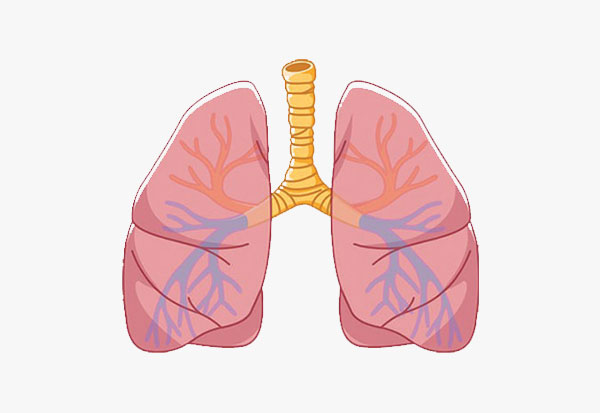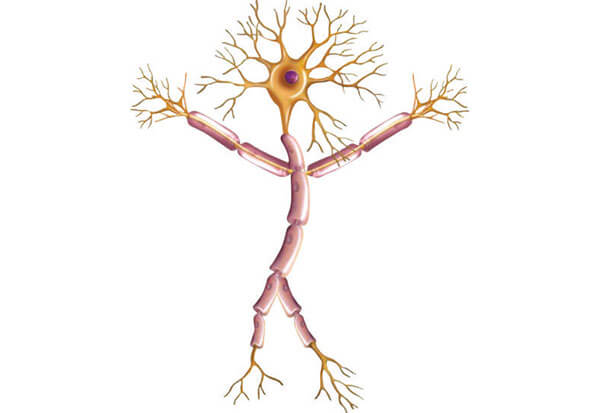
Dr. Sanjay Agrawal
Leading Pharmaceutical consultant and editor-in chief of IJMToday

Vitamins play an essential role in lipid metabolism reactions and their presence is therefore absolutely necessary for this reaction to occur. The effect of Pantothenic acid, niacin and riboflavin is here described. By transformation into coenzymes these vitamins are involved in fatty acid synthesis and oxidation reactions. Other vitamins, like vitamin B12, folic acid, vitamin C, and essential fatty acids influence lipid metabolism by different mechanisms. Coenzyme B12 and folate coenzyme provide to balance, by methionine synthesis, the pool of methyl radicals necessary for phospholipids’ biosynthesis. By its involvement in the microsomal respiratory chain, vitamin C promotes cholesterol transformation into bile acids. The essential fatty acids, mainly linoleic acid, are directly connected with cholesterol transport and plasma cholesterol decrease. It is suggested that many lipid metabolism disorders may be due to primary and secondary hypovitaminosis. Nicotinic acid and its derivatives have a particular pharmacological effect since they cause a HDL increase with LDL decrease and helps in cholesterol transfer from LDL to HDL. Results of several experiments on the influence of Pantothenic acid on polyunsaturated fatty acid metabolism are eventually reported, and these data are related to the effect of the administration of vitamin C at high doses on total cholesterol, triglyceride, lipoprotein, vitamin C and fatty acids of the different plasma lipid fractions.
Vitamin C (Ascorbic Acid):
Vitamin C is a water-soluble vitamin and is important in forming collagen- a protein that gives structure to bones, cartilage, muscles, skin and blood vessels.
Vitamin C plays an important role as a component of enzymes involved in the synthesis of collagen and carnitine; It acts as a reducing agent to maintain the enzyme prolyl hydroxylase in an active form, most likely by keeping its iron atom in a reduced state. The hydroxylation of proline and lysine in procollagen is carried out by the enzyme prolyl hydroxylase using Vitamin C as a cofactor.
It also helps maintain capillaries, bones, and teeth and aids in the absorption of iron. Vitamin C is the most potent enhancer of non-heme iron absorption. A study showed that iron absorption from non-heme food sources can be increased significantly with a daily Vitamin C intake of at least 25 mg for each meal (estimated for 3 meals/day).
Vitamin C is a potent antioxidant because it can donate a hydrogen atom and form a relatively stable ascorbyl free radical. As a scavenger of reactive oxygen and nitrogen oxide species, Vitamin C has been shown to be effective against the superoxide radical ion, hydrogen peroxide, the hypochlorous acid and singlet oxygen.
Vitamin C protects folic acid reductase, which converts folic acid to folinic acid, and may help release free folic acid from its conjugates in food. Vitamin C facilitates the absorption of iron.
Severe deficiency of Vitamin C causes scurvy. Symptoms appear when the serum level falls below 0.2 mg/dl. The psychological manifestations of scurvy include depression and
Hysteria. This potentially fatal disease can be prevented with as little as 10 mg Vitamin C per day, an amount easily obtained through consumption of fresh fruits and vegetables.
Several symptoms of Vitamin C deficiency have been recognized including follicular hyperkeratosis, swollen and inflamed gums, loosening of teeth, dryness of the mouth and eyes, loss of hair and dry itchy skin. These symptoms reflect the role of Vitamin C in the maintenance of collagen and blood vessel integrity. Acute or chronic deficiencies characterize by hemorrhagic manifestations and abnormal osteoid and dentin formation.
Vitamin C plays important role in skin health. By the formation of collagen and elastin, it helps in maintaining skin elasticity and prevents wrinkles, sagging and skin ageing. Further its wound healing property makes it useful in wound management and inflammatory pruritic skin conditions. It has also been found to have role in skin pigmentation and scar prevention.
Vitamin C is normally deposited in the skin and is an essential part of the anti-oxidant brigade to protect skin against free radical assault from the atmosphere and from ultra violet light. Vitamin C plays a very important role in converting inactivated vitamin E back into an active anti-oxidant form of vitamin E and thus protects cellular membranes.
Vitamin C is widely distributed in nature, mostly rich in fresh fruits and leafy vegetables such as guava, mango, papaya, cabbage, mustard leaves and spinach. Most food–based dietary guidelines are similar in that all recommend consumption of 5 servings of fruits and vegetables daily. If this recommendation is followed, daily intake of Vitamin C will be 210 to 280 mg, depending on food content factors.
Vitamin C is the least stable of all vitamins and is easily destroyed during processing and storage. Exposure to oxygen, prolonged heating in the presence of oxygen, contact with minerals (iron and copper) and exposure to light are destructive to the Vitamin C content of foods.
Bioavailability, nutrient-nutrient interactions, gender and antioxidant protection are important factors affecting Vitamin C requirement.
Vitamin C and Common cold:
In a subset of studies in people living in extreme circumstances, including soldiers in sub-arctic exercises, skiers, and marathon runners, significant reductions in the risk of developing colds by approximately 50% have been reported. More than 30 clinical trials including more than 10,000 participants show a very small significant reduction in the duration of colds in approximately 10% in adults and 15% in children.
The current recommended dietary allowance (RDA) for vitamin C for adult men and women is 60 mg/d, which is based on a mean requirement of 46 mg/d to prevent the deficiency disease scurvy. However, recent scientific evidence indicates that an increased intake of vitamin C is associated with a reduced risk of chronic diseases such as cancer, cardiovascular disease, and cataract, probably through antioxidant mechanisms. It is likely that the amount of vitamin C required to prevent scurvy is not sufficient to optimally protect against these diseases. The data suggests that an intake of 90-100 mg vitamin C/day is required for optimum reduction of chronic disease risk in nonsmoking men and women. This amount is about twice the amount on which the current RDA for vitamin C is based, suggesting a new RDA of 120 mg vitamin C/day.




